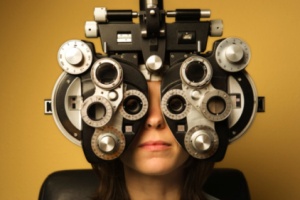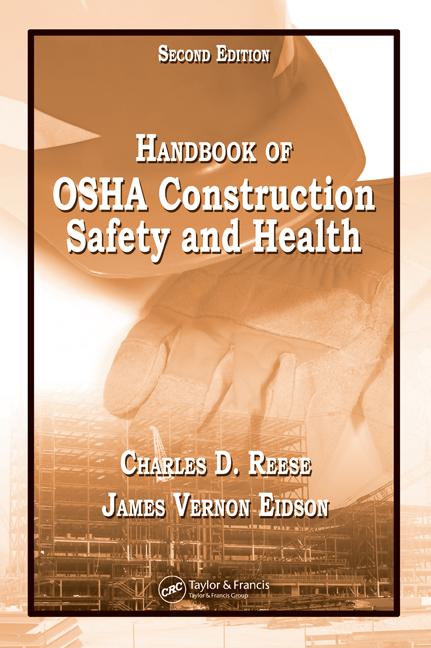 According to a report commissioned by Prevent Blindness America (PBA) from researchers at the University of Chicago, “Cost of Vision Problems: The Economic Burden of Vision Loss and Eye Disorders in the United States,” the financial burden of vision-related diseases will continue to grow due to increasing healthcare costs and an aging population.
According to a report commissioned by Prevent Blindness America (PBA) from researchers at the University of Chicago, “Cost of Vision Problems: The Economic Burden of Vision Loss and Eye Disorders in the United States,” the financial burden of vision-related diseases will continue to grow due to increasing healthcare costs and an aging population.
Vision-related diseases are among the costliest health problems to the U.S. economy, far greater than indicated in earlier reports and, at $139 billion per year (based on the 2011 US population and in 2013 dollars), are more costly than three of the top seven major chronic diseases in the United States today.
Data from the 2013 Economic Burden of Vision Loss and Eye Disorders Report also includes:
- A breakdown of estimated costs of eye disorders and vision loss from the perspective of three payers: government ($47.4 billion), private insurance ($20.8 billion in direct medical costs and $1.3 billion for long term care) and patients and their families ($71.6 billion)
- An economic burden breakdown of vision-related disease by state and age
- Estimates of costs associated with vision loss on disability and quality of life
“We feel that we now have a true estimate of the current and growing costs of eye disease in this country. Armed with that information, we can address the need for increased prevention, research and healthcare options,” said Hugh R. Parry, president and CEO of Prevent Blindness America. “It is important that people understand that eye disease is among the most expensive conditions in our country, with over half the cost currently being assumed by aging patients and their families.”
For more information about the Prevent Blindness America Cost of Vision report, Focus on Eye Health: A National Summit, or other vision-related topics, please visit preventblindness.orgor call (800) 331-2020.



